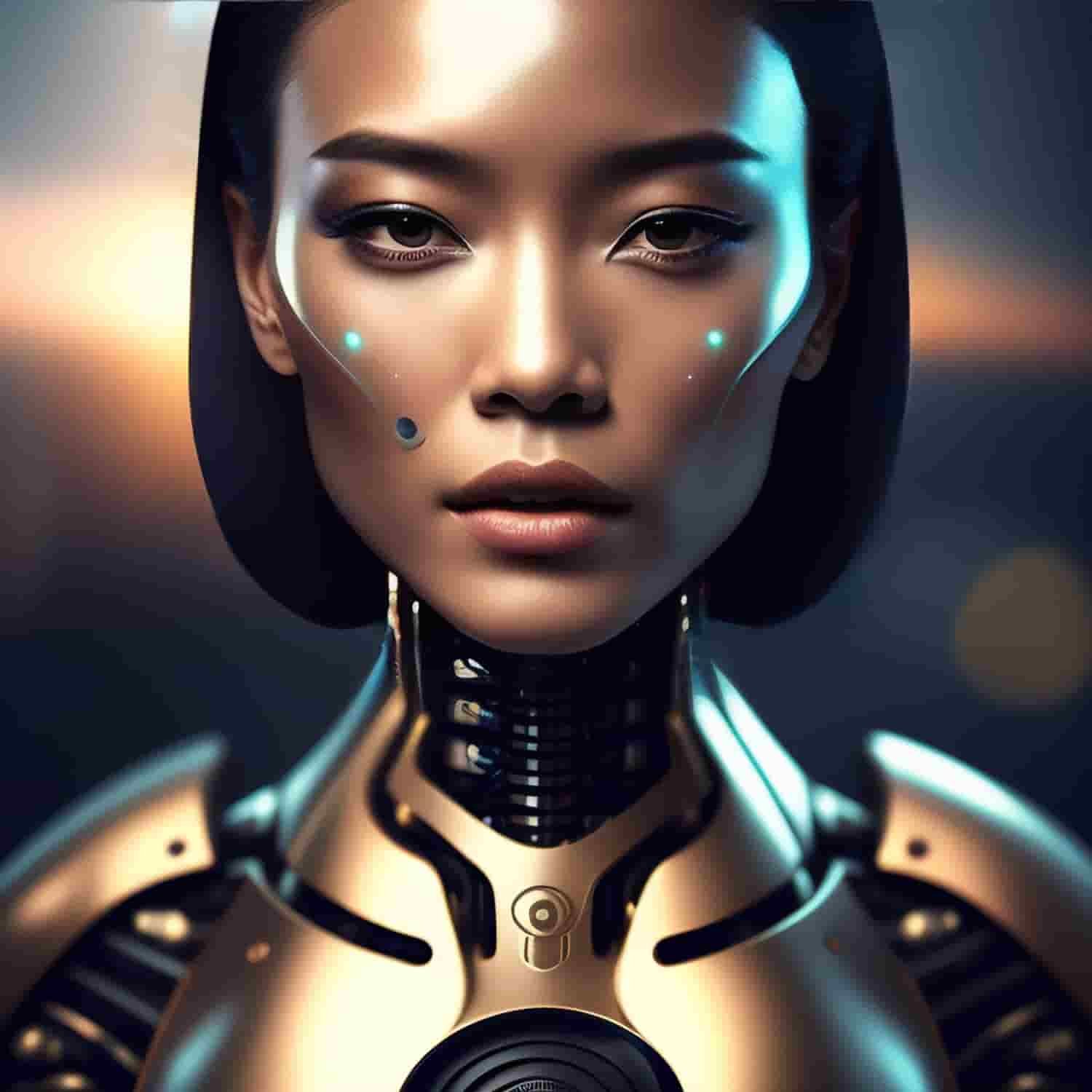Introduction to Sophia Robot
Sophia, a humanoid robot, is not just any robot; she represents the pinnacle of human-like artificial intelligence (AI). This futuristic marvel has been making headlines since her introduction, thanks to her advanced AI capabilities.
Who created Sophia?
Sophia was created by Hanson Robotics, a Hong Kong-based company founded by Dr. David Hanson. His vision was to create machines that are ‘alive’, capable of forming relationships with humans.
When was Sophia unveiled?
Sophia was first unveiled to the public in March 2016, capturing the world’s attention with her ability to mimic human gestures and engage in simple conversations.
Features of Sophia
Appearance and Design
With her realistic face, which can display 62 facial expressions, and her humanoid form, Sophia has been designed to resemble a human as closely as possible. Do you ever wonder why she looks a bit like Audrey Hepburn? That’s intentional!
Interactivity and Capabilities
But Sophia is more than just a pretty face. She can hold engaging conversations, make eye contact, recognize individuals, and even understand and respond to complex questions. Imagine having a chat with a machine that seems to understand you!
The Technology behind Sophia
AI and Machine Learning
Sophia’s intelligent responses are powered by advanced AI and machine learning algorithms. This enables her to learn from her experiences and improve her interactions over time, much like a human would.
Natural Language Processing
The integration of natural language processing (NLP) technology allows Sophia to understand and respond to spoken language, facilitating natural, human-like conversations. It’s like talking to a friend, isn’t it?
Notable Interactions of Sophia
Public Appearances
Sophia has graced numerous events, including the Tonight Show with Jimmy Fallon and the United Nations conference, demonstrating the potential of AI to the world.
Interviews and Responses
Her interviews have been noteworthy, displaying her witty responses and uncanny ability to mimic human-like conversation. Would you believe she even has a sense of humor?
The Impact of Sophia on AI Research
Ethical Implications
The existence of Sophia brings forth new ethical questions in the realm of AI. If a robot can display human-like emotions, should they have rights? A question to ponder upon.
Future Prospects
Sophia continues to influence the future of AI research, pushing the boundaries of what machines can achieve. The future holds limitless possibilities, don’t you think?
Conclusion
Sophia, the humanoid robot, is more than just a technological marvel. She represents the fascinating evolution of artificial intelligence, challenging our perceptions of what machines can do. Her ability to interact in such a human-like manner is a testament to the innovation and creativity in AI research. As we move forward, the possibilities seem boundless. Who knows? Maybe in the future, we’ll see more ‘Sophias’ in various fields, aiding and interacting with humans in ways we can only imagine!
FAQs
- What makes Sophia different from other robots? Sophia is unique due to her human-like appearance and the advanced AI that enables her to interact naturally and learn from her experiences.
- Can Sophia understand and respond to any language? Sophia primarily understands and responds in English. However, her language capabilities are continually being developed.
- Does Sophia have feelings? While Sophia can mimic human expressions and respond to emotional cues, she does not have feelings in the human sense. Her responses are programmed and do not come from personal experiences or emotions.
- What is the purpose of creating Sophia? Sophia serves multiple purposes. She is a platform for AI research, a tool for exploring ethical questions related to AI, and a demonstration of the potential of AI technology.
- Can Sophia learn and improve her responses over time? Yes, Sophia uses machine learning, which means she can learn from her interactions and improve her responses over time.








